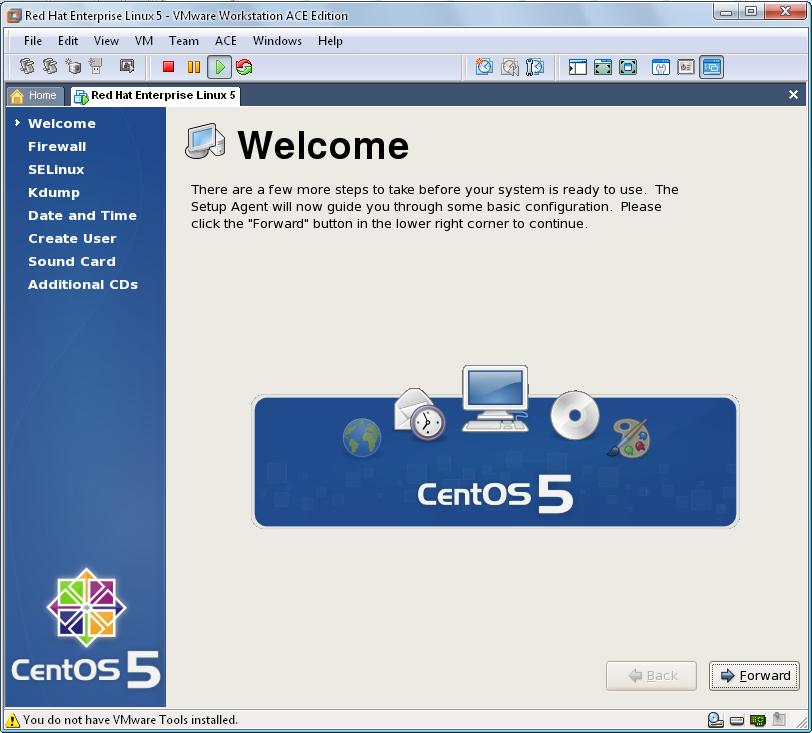Red Hat Enterprise Linux 6 Iso 32 Bit
Installation of Red Hat Enterprise Linux 6 (x86_64 and i386) Installation of Red Hat Enterprise Linux 6 Updated: 09 Nov 2011 There are several steps to setting up a fully-integrated Red Hat Enterprise Linux 6 (RHEL6) system at SLAC National Accelerator Laboratory: • • • • • • • • • • • • • • • • • • Please note: These are not complete Red Hat Enterprise Linux install instructions; go to the for more complete information. System Requirements Architecture These instructions are for installing Red Hat Enterprise Linux 6 (RHEL6) on an IA-32 system (i.e., a 32-bit Intel- or AMD-based system) and Opteron 64-bit systems (x86_64). Minimum Memory Red Hat recommends for 32 bit a minimum of 1GB memory/logical CPU, and for 64 bit a minimum of 1GB of memory, 1GB/logical CPU. At SLAC, RHEL6 has been successfully installed on systems with 512 MB, but such systems have a tendency to bog down badly due to excessive swapping when too many applications are open at once.
Minimum Disk Space OCIO recommends a minimum disk size of above 12 GB, and a minimum root partition ('/') size of about 9 GB. CDROM Drive Red Hat does not include a floppy version of the boot images for RHEL6. Your system will need a boot-capable CDROM drive, or a BIOS which knows how to PXE boot (ask unix-admin about that if you have questions). Preparing to Install • Consider submitting a to have OCIO do the installation for you. • Have previous experience installing Red Hat Linux, or else read the. • Have an IP address and node name for your system. If necessary,.


• Have available the network and host information required by a Red Hat Linux install, which includes (but may not be limited to): IP address, gateway, netmask and DNS server (provided by your Desktop admin when you obtain your IP address); video card/monitor specs (including size of video RAM); disk drive size; etc. • If you are an experienced Linux user and intend to retain some responsibility for administering your system, you may want to familiarize yourself with before beginning.
Download Apc Surta 3000 Xl Manual Software. This is the tool OCIO uses to adapt systems to the SLAC environment and we strongly encourage you to use it. • you are installing on a machine that was previously taylored, you should print a copy of the file /etc/taylor.opts before beginning.
This procedure does a 'clean install', not an upgrade. If you follow against storing permanent data on a workstation's system disk, this should not be a problem. If you do have some data you want to preserve on this disk, but it is all stored in a non-system partition, e.g., /u1, you might be OK, providing your system partitions are large enough to accommodate RHEL6 with sufficient room for future updates (see, below). Esp Fenomeni Paranormali Ita Utorrent. Otherwise, it is your responsibility to backup your data before beginning the installation.
Red Hat Enterprise Linux Certification Matrix for. Different versions of Red Hat Enterprise Linux and Dell. The contents of the distribution ISO are supported. Red hat enterprise linux 6 1 32 bit x86 dvd iso.
If you must restore it to a local filesystem after the installation, we strongly urge you to buy a second disk and keep permanent data off the system disk. Photofiltre 6.0 there. You may want to work next to a machine with a web browser and access the Red Hat installation manual from the documentation area of the. The installation program is mostly self-explanatory if you have installed UNIX or Linux before. We will only mention either complex or SLAC-specific issues below. To make a bootable CDROM for installing RHEL6, you will need to burn an ISO 9660 image file onto CD-R (or CD-RW) media. On Linux, you can use an application like (requires X Windows) or (a command-line tool). On a RHEL5 desktop system, double clicking on a file ending in '.iso' will bring up a 'Write to Disk' dialog box which can be used to burn a copy of the file to a CD-R disk.
Mac OSX can successfully create bootable CDROMs using the CDROM burning utility. To create an installation boot CDROM under Linux, using the cdrecord utility: • Find the ISO 9660 disc image for an installation boot CDROM for your architecture and the current RHEL6 Update level: for 64-bit Older info: cd /nfs/slac/g/scs/redhat/RedHat/RHEL6/6u1/workstation/x86_64/bootiso/ ls rhel-workstation-6.1-x86_64-boot.iso for 32-bit cd /nfs/slac/g/scs/redhat/RedHat/RHEL6/6u1/workstation/i386/bootiso/ ls rhel-workstation-6.1-i386-boot.iso • Put a blank CD-R (or CD-RW) disc into the CDROM drive. • To get information about your CDROM drive, run the command: cdrecord -scanbus dev=/dev/hdc You'll get a line that includes some text identifying your specific CDROM device, along with the device address; for example: 1,0,0 100) '_NEC ' 'CD-RW NR-9300A ' '105B' Removable CD-ROM The first field in this example, '1,0,0', is your CDROM device address. This is the information you'll need. • Run a command like the following: cdrecord -v -speed=2 dev=1,0,0 -eject -data boot.iso On some systems you may need to prefix the device address with a transport layer indicator, such as 'ATA:' or 'ATAPI:', or you may need additional options on the cdrecord command line. See the man page for cdrecord for details. If you haven't burned any CDROMs before, it's a good idea to run some tests first by adding the '-dummy' option to the cdrecord command line.



